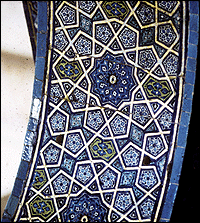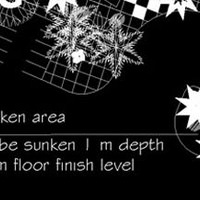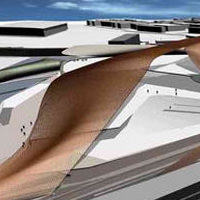 Islamic artisans constructed exotic nonrepeating pattern 500 years ago, well ahead of modern science which only manage to discover this pattern making technique 30 years ago. This ancient islamic penrose tiles was re-discovered by Peter J. Lu when he traveled to Uzbekistan, he had no idea of the mathematical journey that he was about to embark on as well, it just so happen that the motives on the wall caught his attention and the rest is hostory.
Islamic artisans constructed exotic nonrepeating pattern 500 years ago, well ahead of modern science which only manage to discover this pattern making technique 30 years ago. This ancient islamic penrose tiles was re-discovered by Peter J. Lu when he traveled to Uzbekistan, he had no idea of the mathematical journey that he was about to embark on as well, it just so happen that the motives on the wall caught his attention and the rest is hostory.
In particular, the Darb-i Imam shrine in Isfahan, Iran, which dates to A.D. 1453, is covered in a symmetric pattern of pentagons and 10-sided stars. If extended indefinitely in all directions, the researchers say, it would never repeat itself—the hallmark of a quasicrystal. Quoted from SA
From a non-muslim point of view, this is really impressive. The Islamic Golden Age is indeed way ahead of its time, the Renaissance owe its success to the islamic science, especially in the field of algebraic and trigonometry. Read the article at Math Trek.




